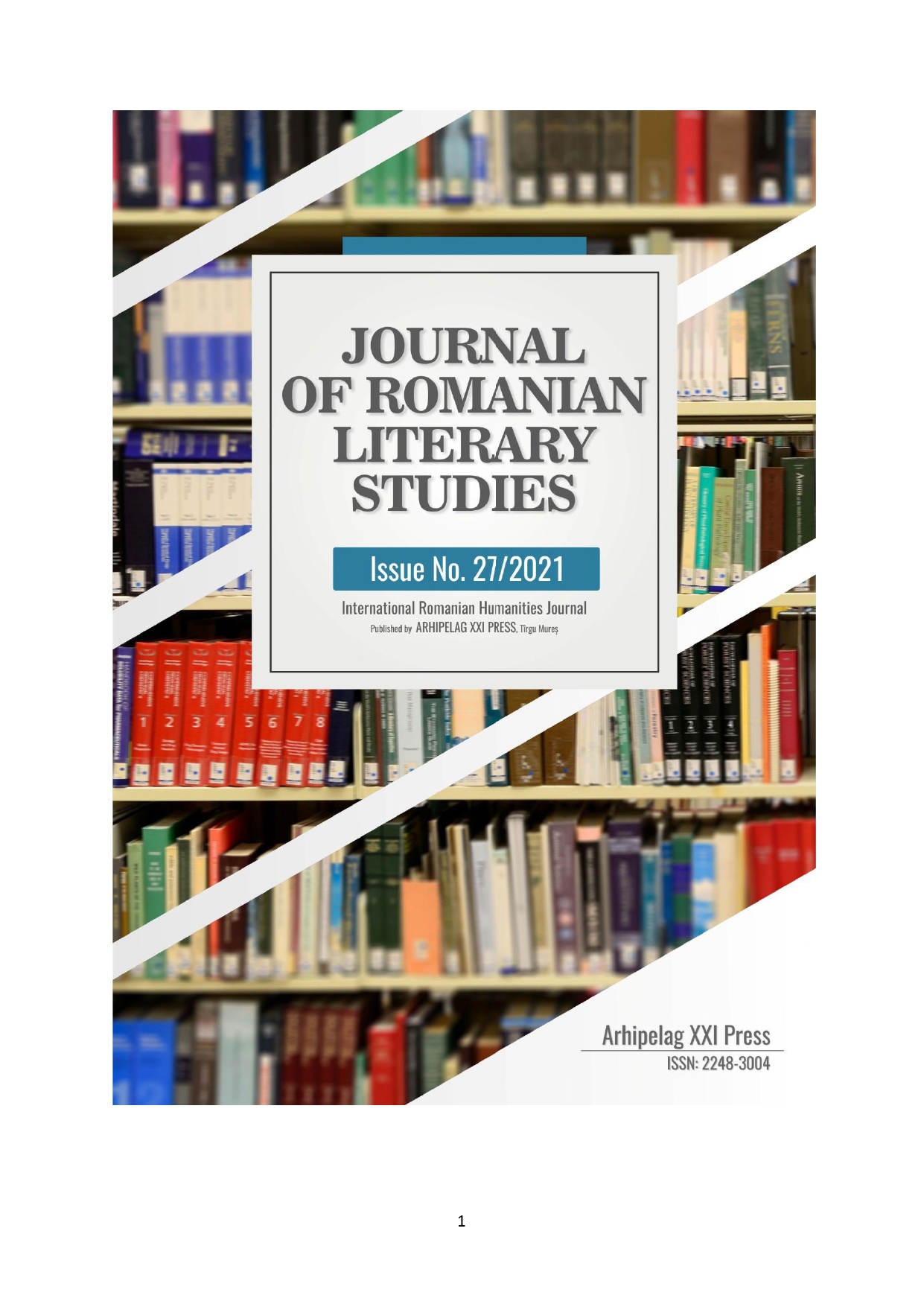THE ROLE PLAY IN SPANISH CLASSROOMS
THE ROLE PLAY IN SPANISH CLASSROOMS
Author(s): Roxana Maria CrețuSubject(s): Foreign languages learning, School education, Vocational Education, History of Education, Educational Psychology, Inclusive Education / Inclusion, Sociology of Education, Pedagogy
Published by: Editura Arhipelag XXI
Keywords: didactics; ludic; Spanish; role play; teaching and learning;
Summary/Abstract: New trends in language teaching include the use of role play in the classroom, because it stimulates the active participation of students in the classroom. Over the last few years, modern language teaching has included role play on the list of ludic activities. As we well know, the role play has the ability to predispose us, helps us to get out of everyday life and relax. For this reason, it becomes a useful tool in the teaching-learning process. Through role play activities, we can work on grammar, vocabulary exercises (various topics, idiomatic and colloquial expressions), we can check if students have mastered spelling rules, emphasizing “problematic” sounds (b-v, ll-y, r-rr, s-z-c+e/i, j-g+e/i, h-Ø) and cultural and civilizational aspects. All this contributes to learning Spanish in a pleasant, fun and contextualized environment. Therefore, in this article we aim to illustrate the ludic side of role playing and how it can be used in Spanish language courses as a foreign language to introduce or consolidate content from various language compartments (grammar, vocabulary and spelling). We will also mention the advantages of introducing role playing in the process of teaching-learning Spanish as a foreign language. Of course, we will also present conclusive examples for each mentioned activity, taken from the materials created and used by us in class.
Journal: Journal of Romanian Literary Studies
- Issue Year: 2021
- Issue No: 27
- Page Range: 434-442
- Page Count: 9
- Language: Spanish

